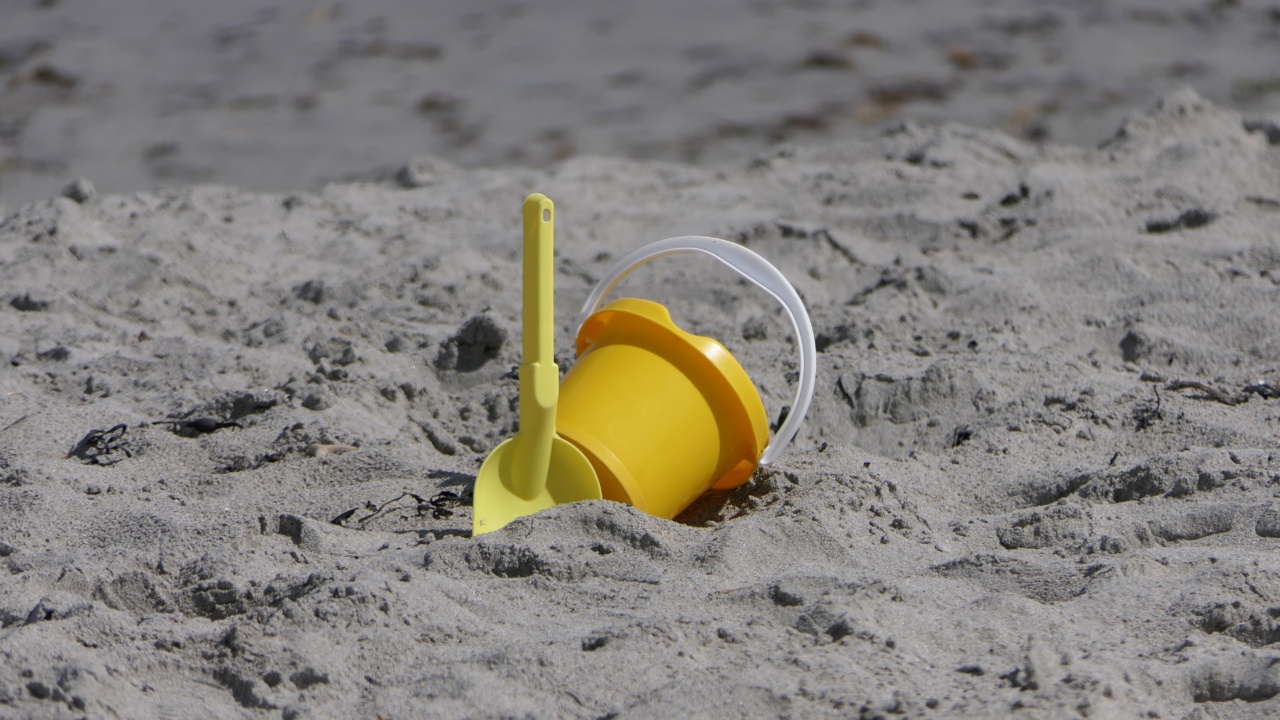As a parent, it can be concerning to see your child struggling with asthma, especially when it is triggered by viral infections.
Understanding the relationship between child asthma and viral infections is crucial to managing your child’s condition effectively. This guide aims to provide you with valuable information and tips to help you navigate through this challenging journey.
What is Child Asthma?
Child asthma is a chronic inflammatory condition that affects the airways, making it difficult for your child to breathe properly.
When a child with asthma encounters certain triggers, such as allergens or viral infections, their airways become inflamed, narrow, and produce excess mucus, leading to various symptoms.
Understanding the Link between Viral Infections and Child Asthma
Viral infections are one of the most common triggers for asthma exacerbations in children. When a child with asthma contracts a respiratory virus, such as the common cold or flu, it can cause their asthma symptoms to worsen.
This happens due to the body’s immune response to the viral infection, which leads to increased inflammation in the airways.
It is important to note that not all viral infections will trigger asthma symptoms in every child. Some children with asthma may experience symptoms with every viral infection, while others may only have occasional flare-ups.
The severity of the asthma symptoms can also vary from mild to severe, depending on the child.
Identifying the Signs and Symptoms
Recognizing the signs and symptoms of asthma can help you seek appropriate medical care for your child promptly. Common symptoms of child asthma include:.
- Wheezing (a whistling sound when breathing)
- Coughing, especially at night or during exercise
- Shortness of breath or rapid breathing
- Chest tightness or discomfort
- Difficulty sleeping due to coughing or wheezing
- Fatigue or low energy
- Retractions (visible sinking of the chest wall with each breath)
If your child experiences any of these symptoms, it is important to consult a healthcare professional for a proper diagnosis and treatment plan.
Preventing Viral Infections and Asthma Exacerbations
While it may not be possible to completely prevent your child from contracting viral infections, there are steps you can take to reduce their risk and minimize asthma exacerbations:.
1. Encourage good hand hygiene: Teach your child to wash their hands frequently, especially before eating, after using the bathroom, or after being in public spaces.
2. Avoid close contact with sick individuals: Teach your child to maintain a safe distance from people who are sick and avoid sharing personal items, such as utensils or towels.
3. Stay up to date with vaccinations: Make sure your child receives their routine vaccinations and influenza (flu) vaccine annually. Vaccinations can help protect your child from certain viral infections.
4. Manage allergens: Identify and minimize your child’s exposure to allergens that trigger their asthma symptoms. This may include dust mites, pet dander, pollen, or mold.
5. Maintain a healthy lifestyle: Promote a healthy, balanced diet, regular exercise, and adequate sleep to support your child’s overall immune system.
Managing Asthma Flare-ups during Viral Infections
During a viral infection, it is crucial to closely monitor your child’s asthma symptoms and follow their prescribed treatment plan. Here are some essential steps to manage asthma flare-ups:.
1. Administer prescribed medication: Ensure that your child uses their prescribed asthma medications as directed by their healthcare provider, including quick-relief inhalers during flare-ups.
2. Monitor peak flow readings: If your child uses a peak flow meter, monitor their peak flow readings to assess their lung function. Notify your healthcare provider if there are significant changes in the readings.
3. Create an asthma action plan: Work with your child’s healthcare provider to develop an asthma action plan, outlining the steps to take during different levels of symptoms or asthma exacerbations.
4. Provide comfort measures: Help ease your child’s symptoms by ensuring they are well-hydrated, using a humidifier to moisten the air, and encouraging rest.
5. Seek medical help if necessary: If your child’s symptoms worsen or if they exhibit any signs of respiratory distress, seek immediate medical attention.
Conclusion
Child asthma and viral infections can create challenges for both children and parents.
By understanding the link between viral infections and asthma, recognizing the signs and symptoms, and taking preventive measures, you can better manage your child’s asthma and reduce the frequency and severity of flare-ups. Remember to work closely with your child’s healthcare provider to develop a tailored treatment plan and seek professional help when needed. With proper management and support, your child can lead a healthy and active life, even with asthma.































